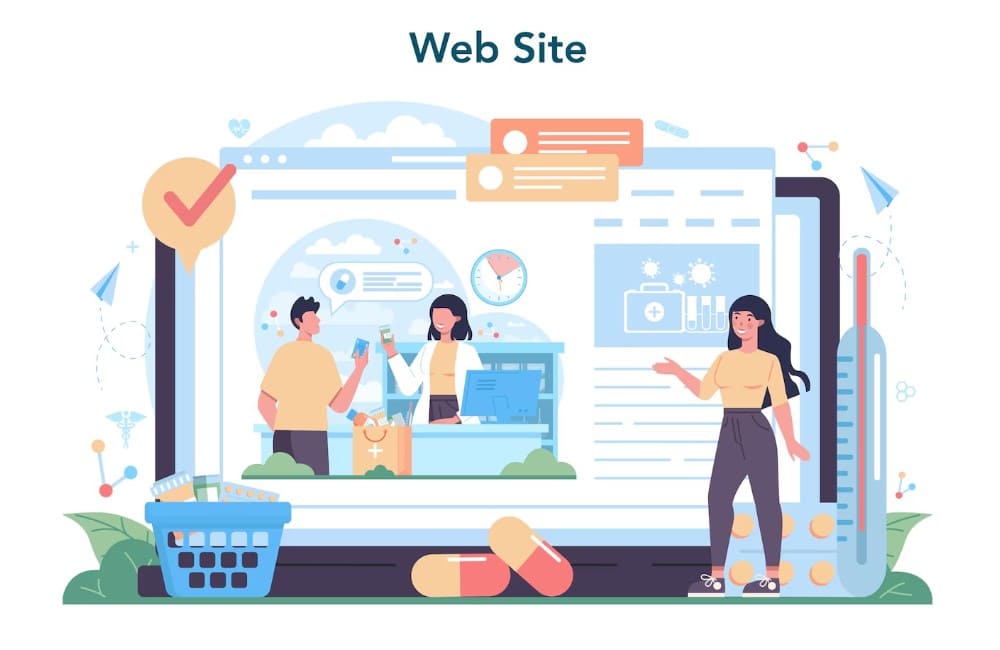The way consumers research brands is changing. Today, social media platforms are increasingly replacing traditional search engines as the go-to source for brand discovery. According to recent studies, 22% of consumers now use social media more often than search engines for this purpose. This trend is particularly noticeable among Gen Z and Millennials.
Source: 12 Trends in Social Media Marketing for 2024-2025
Social Media’s Role in Brand Research
Social media has become an integral part of consumer decision-making. Platforms like Instagram, TikTok, and Facebook allow users to explore brands, read reviews, and watch product demonstrations. This convenience gives social media an edge over traditional search engines.
Key reasons why consumers prefer social media include:
1. Visual Content: Social platforms prioritize engaging visuals, making it easier for consumers to evaluate products.
2. Influencer Marketing: Influencers provide relatable recommendations that resonate with audiences.
3. Real-Time Interaction: Social platforms offer direct engagement with brands through comments and messages.
Gen Z and Millennials are digital natives, shaping their habits around fast-paced, visually appealing content. These generations value authentic, community-driven recommendations over generic search engine results.
Key factors driving their shift include:
Personalized Feeds: Algorithms tailor content based on interests and behaviors.
Interactive Features: Polls, stories, and live streams encourage meaningful engagement.
Immediate Access to Trends: Viral content on social media helps them stay updated.
Impact on Businesses
For businesses, this shift presents both challenges and opportunities. Brands must adjust their strategies to leverage the growing influence of social media.
What businesses should focus on:
Social Media Optimization (SMO): Optimize profiles with relevant keywords and links.
Influencer Partnerships: Collaborate with influencers to reach target demographics.
User-Generated Content (UGC): Encourage satisfied customers to share their experiences.
Platform-Specific Strategies: Customize content for platforms like TikTok, Instagram, or LinkedIn.
Statistics to Note
22% of consumers use social media over search engines for brand research.
45% of Gen Z shoppers rely on TikTok and Instagram for product discovery.
68% of Millennials trust social media ads more than traditional advertisements.
These numbers underscore the critical role of social media in shaping consumer behavior and brand perception.
How to Adapt to This Shift
1. Engage Your Audience: Post interactive content like polls and Q&A sessions.
2. Invest in Video Content: Platforms like TikTok prioritize short-form videos that captivate users.
3. Monitor Social Trends: Stay informed about trending hashtags and challenges relevant to your niche.
4. Leverage Analytics Tools: Platforms like Meta Business Suite offer insights to refine strategies.
As consumers increasingly shift away from traditional search engines, social media continues to dominate brand discovery. Businesses that adapt their strategies to focus on social media will thrive in this evolving landscape.
